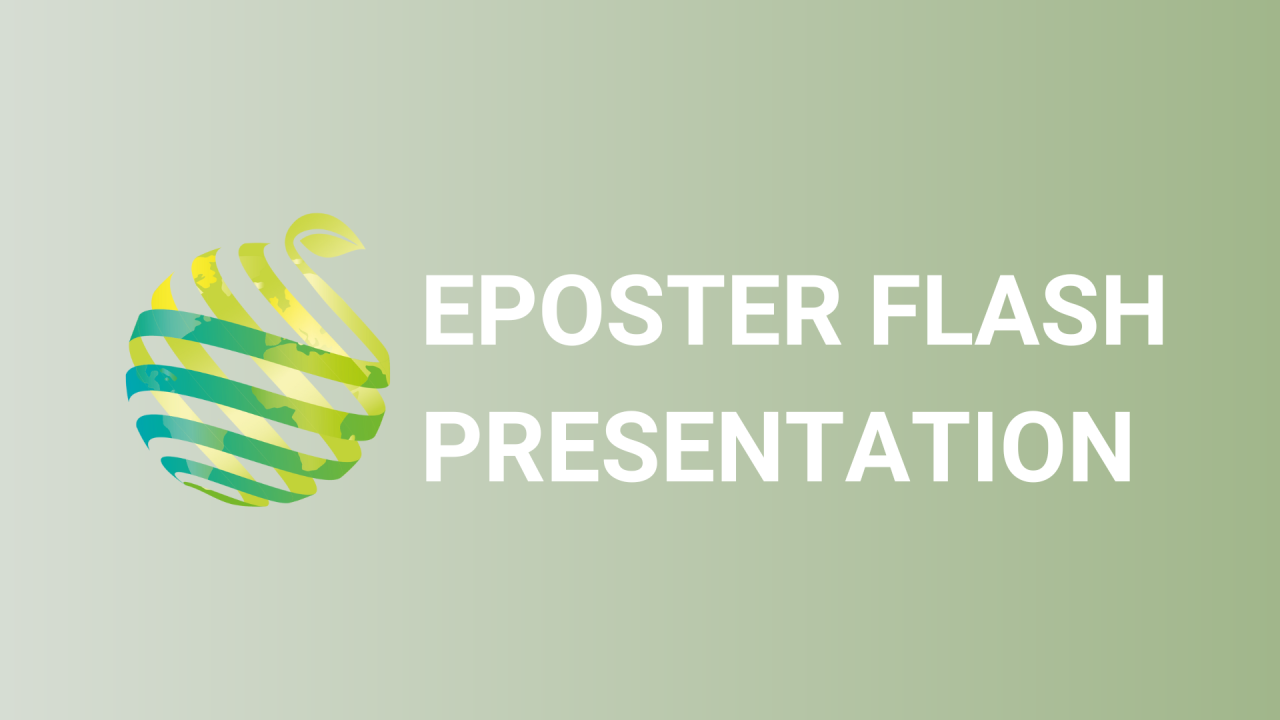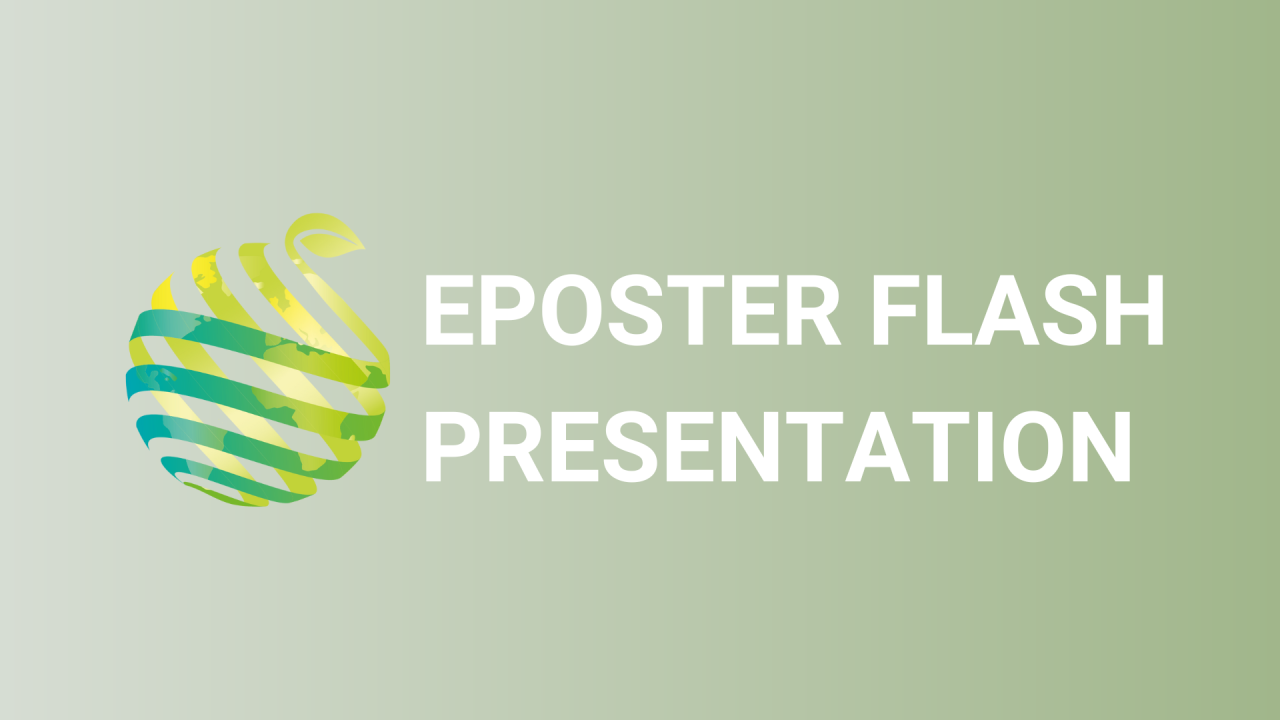

S21 - Session P2 - Can an improved nutrition with foliar applications of mineral nutrients better help banana plants tackle Black Sigatoka and post-harvest disease development?
Information
Authors: Marcus Héry *, Loïc Normand, Thomas Le Moullec-Rieu, Léa Williams, Loïc Monsoreau, Karine Vincent, Emmanuel Husson, Marcus Héry
Cultivating banana in French West Indies while facing post-harvest diseases (PHD), Black Sigatoka (BS), the increasing occurrence of resistant strains to triazoles, the withdrawal of active substances, combined with amplified climatic events, constitute a considerable challenge. The development of complementary strategies to chemicals falls within a sanitary and economic emergency. Producing leaves and fruits, while facing multiple stresses, requires large amounts of resources for the plant. These nutrients are available in soil - naturally or human-brought; but it does not mean they are readily absorbed. Excessive potassium is often reported in banana crops; while its accumulation is known to be antagonistic to the assimilation of magnesium, calcium or boron. Yet, these secondary mineral nutrients are involved in biological processes such as the biosynthesis of chlorophyll, cell wall reinforcement, cellular signalisation, therefore indirectly, in plant-pathogen interactions. Results may vary depending on the pathosystem, pedoclimatic conditions and genotypes. We assessed the impact of foliar applications of the secondary mineral nutrients on BS or PHD severity by reinforcing basal defence through experiments in controlled growth chamber and on farmer's fields. In controlled conditions, banana plants were treated with foliar applications of calcium, magnesium, boron, silicium or copper-based fertilizers, and BS development was assessed 3 weeks after inoculation. In field conditions, foliar fertilizers based on magnesium were applied with Cifarelli atomizer on Cavendish banana plants from the third months after planting until flowering on an interval of 3 weeks, and BS development monitored weekly. Growth and physiological parameters were measured (height, circumference, SPAD), and samples of soil and second-young leaves collected for biogeochemical assays. Fruit grade, length will be assessed at harvest, and susceptibility to PHD after shipment and artificial ripening. At this stage of experiment, preliminary results show no difference between the treatments, except for the significantly lower BS development in the chemical control compared to untreated control. Further analyses are ongoing.